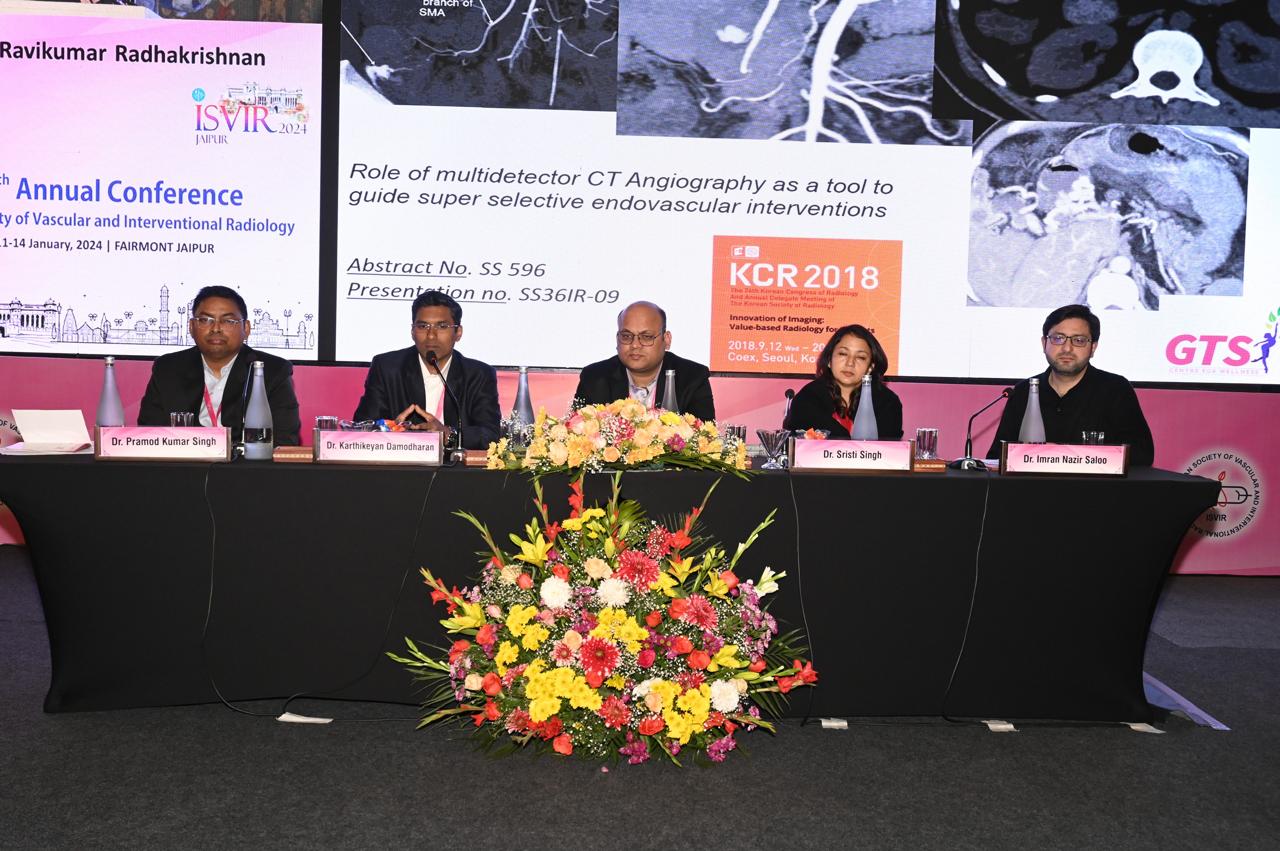Oncology is the branch of medicine dedicated to diagnosing, treating, and managing cancer. Oncological treatments involve various strategies to target cancerous cells while preserving healthy tissues, focusing on both curative and palliative care to enhance the quality of life for patients.
Oncology Treatments in Peripheral & Neuro-Interventional Radiology
Interventional oncology uses minimally invasive techniques guided by imaging to treat tumors directly, reduce symptoms, and improve patient outcomes.
1. Tumor Ablation Techniques
- Radiofrequency Ablation (RFA): Uses heat to destroy cancer cells, often used for liver, kidney, and lung tumors.
- Microwave Ablation: Similar to RFA but generates higher temperatures, effective for larger tumors.
- Cryoablation: Freezes and destroys cancer cells, ideal for tumors in the liver, kidneys, and bones.
- Laser Ablation: Uses targeted laser energy to treat superficial and deep-seated tumors.
2. Embolization Techniques
- Transarterial Chemoembolization (TACE): Combines chemotherapy with embolization to block blood flow to liver tumors, enhancing drug efficacy.
- Radioembolization (TARE): Delivers radioactive microspheres (Yttrium-90) directly to liver tumors.
- Bland Embolization: Blocks blood supply to a tumor without chemotherapy, used in specific cases of liver cancer.
3. Intra-Arterial Chemotherapy
- Purpose: Delivers high-dose chemotherapy directly to the tumor through its blood supply, minimizing systemic side effects.
- Common Uses: Particularly effective for liver, brain, and head & neck cancers.
4. Palliative Procedures
- Biliary Drainage and Stenting: Relieves obstructions caused by tumors in the liver or pancreas.
- Gastrostomy Tube Placement: Provides nutritional support for patients who cannot eat normally.
- Pain Management Techniques: Includes nerve blocks and spinal interventions for cancer-related pain relief.
Advantages of Interventional Oncology Treatments
- Minimally Invasive: Shorter recovery times and reduced risk of complications.
- Targeted Therapy: Directly treats tumors with minimal impact on surrounding tissues.
- Pain Management: Provides significant relief from cancer-associated pain.
- Outpatient Procedures: Many treatments are performed as day procedures, reducing hospital stays.





